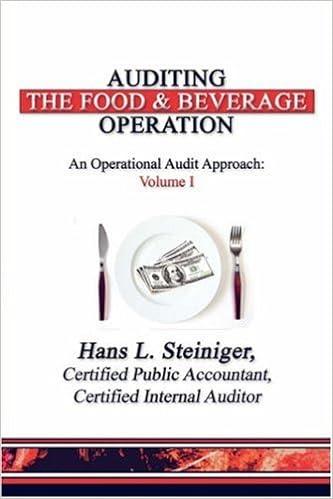Reba Dixon is a fifth-grade school teacher who earned a salary of $38,000 in 2022 . She is 45 years old and has been divorced for four years. She recelves $1,200 of alimony payments each month from her former husband (divorced in 2016 ). Reba also rents out a small apartment building. This year Reba received $50,000 of rental payments from tenants and she incurred $19.500 of expenses associated with the rental. Reba and her daughter Heather (20 years old at the end of the year) moved to Georgia in January of this year. Reba provides more than one-half of Heather's support. They had been living in Colorado for the past 15 years, but ever since her divorce, Reba has been wanting to move back to Georgla to be closer to her family. Luckily. last December, a teaching position opened up and Reba and Heather decided to make the move. Reba pald a moving company $2,430 to move their personal belongings, and she and Heather spent two days driving the 1,780 miles to Georgia. Reba rented a home in Georgla. Heather decided to continue living at home with her mom, but she started attending school full-time in January and throughout the rest of the year at a nearby university. She was awarded a $3.670 partial tuition scholarship this year, and Reba helped out by paying the remaining $500 tuition cost. If possible, Reba thought it would be best to claim the education credit for these expenses. Reba wasn't sure If she would have enough items to help her benefit from ltemizing on her tax return. However, she kept track of several expenses this year that she thought might qualify if she was able to ltemize. Reba paid $7,150 in state income taxes and $15.420 in charitable contributions during the year. She also paid the following medical-related expenses for herself and Heather: Shortly after the move. Reba got distracted while driving and ran into a street sign. The accident caused $1,10 in damage to the car and gave her whiplash. Because the repairs were less than her insurance deductible, she paid the entire cost of the repairs. Reba wasn't able to work for two months after the accident. Fortunately. she received $2,000 from her disability insurance. Her employer, the Central Georgia School District, paid 60 percent of the premiums on the policy as a nontaxable fringe benefit and Reba pald the remaining 40 percent portion. A few years ago, Reba acquired several investments with her portion of the divorce settlement. This year she reported the following income from her investments: $2.200 of interest income from corporate bonds and $1,920 interest income from City of Denver municipal bonds. Overall, Reba's stock portfolio appreciated by $14,780, but she did not sell any of her stocks. Heather reported $6,900 of interest income from corporate bonds she received as gifts from her father over the last several years. This was Heather's only source of income for the year. Reba had $12,320 of federal income taxes withheld by her employer. Heather made $1,210 of estimated tax payments during the year. Reba did not make any estimated payments. Required: b. Is Reba allowed to file as a head of household or single? c. Determine the amount of FICA taxes Reba was required to pay on her salary. Note: Round your final answer to the nearest whole dollar amount. d. Determine Heather's federal income taxes due or payable. Use Tax Rate Schedule. Dividends and Capiltal Gains Tax. Rates.) for reference. Note: Round your intermediate computations and final answer to the nearest whole dollar amount. Tax Rates for Net Capital Gains and Qualified Dividends "This rate applier to the net capital gains and qualifeed druderids that fall within the rapert of trable income sperifled on the fable inet coputal gains and quatlfied ahriden this parpose). Schedule Z-Head of Household \begin{tabular}{|c|c|l|} \hline If taxable income is over: & But not over: & The tax is: \\ \hline$0 & $14,650 & 10% of taxable income \\ \hline$14,650 & $55,900 & $1,465 plus 12% of the excess over $14,650 \\ \hline$55,900 & $89,050 & $6,415 plus 22% of the excess over $55,900 \\ \hline$89,050 & $170,050 & $13,708 plus 24% of the excess over $89,050 \\ \hline$170,050 & $215,950 & $33,148 plus 32% of the excess over $170,050 \\ \hline$215,950 & $539,900 & $47,836 plus 35% of the excess over $215,950 \\ \hline$539,900 & - & $161,218.50 plus 37% of the excess over $539,900 \\ \hline \end{tabular}










